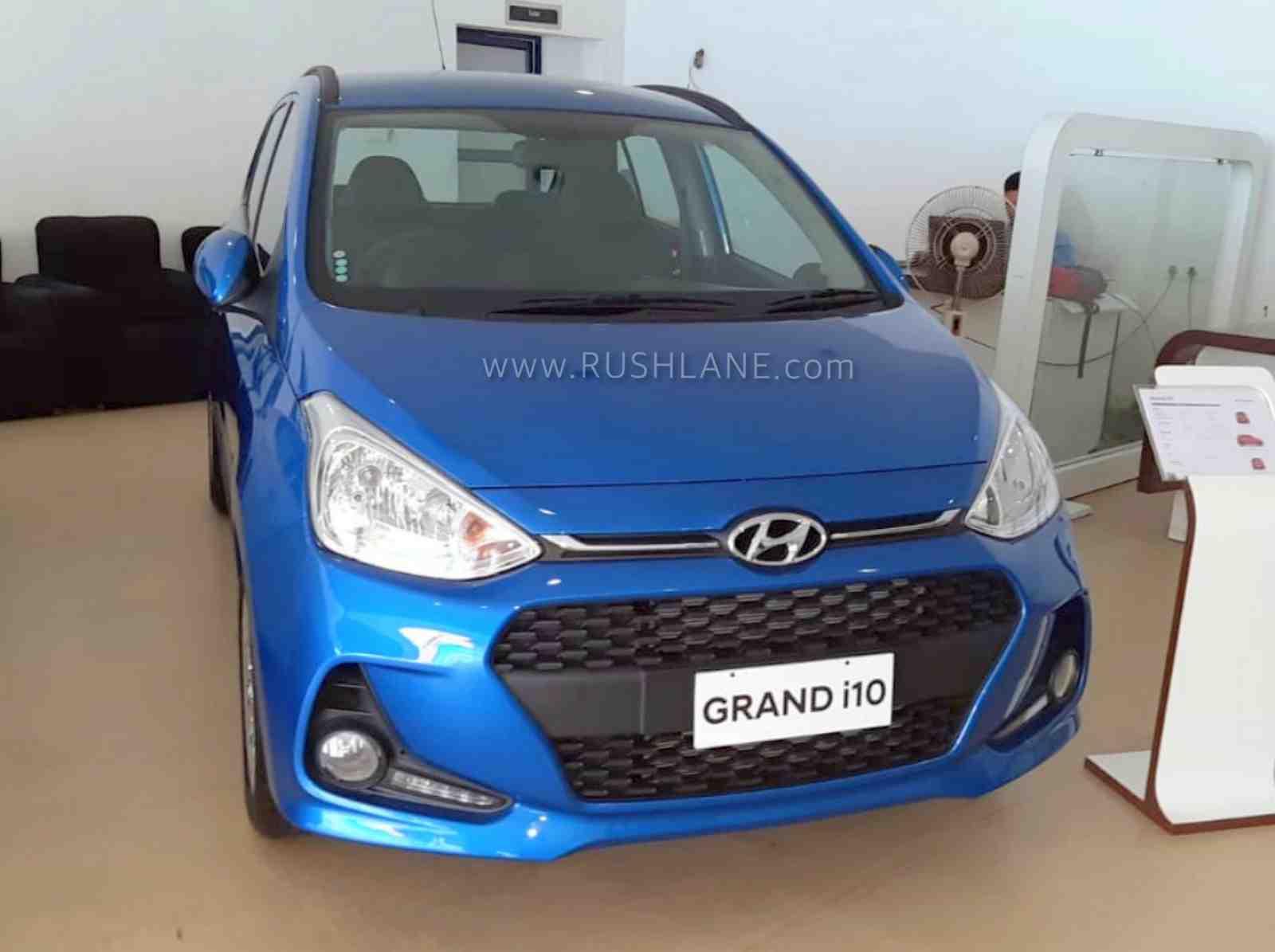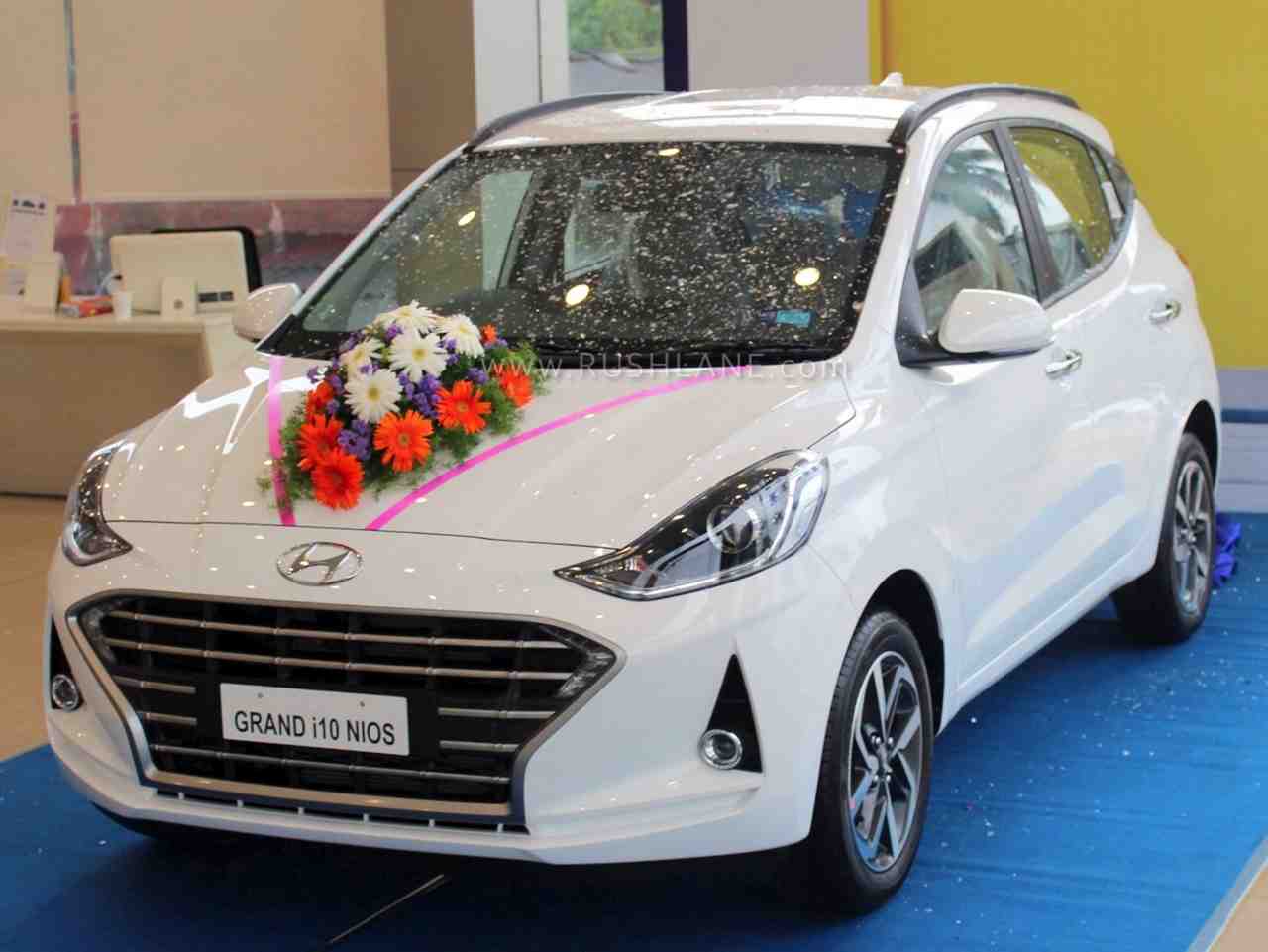
Hyundai Motor India Limited has silently rejigged its Grand i10 lineup. It has removed all diesel and automatic transmission variants of the Grand i10. Additionally, the petrol lineup too has been trimmed to just 2 mid-spec variants, namely Sportz and Magna.
Now, the Grand i10 is available only with one engine & transmission option, a 1.2 litre petrol motor which comes mated to a 5-speed manual gearbox. Customers will still have an option to choose between the standard engine or a bi-fuel variant (CNG/petrol). Output figures of the engine vary depending upon the type of fuel.
It dishes out 83hp/114Nm with the standard petrol configuration and 81.6hp/110Nm & 66.3hp/98Nm with petrol & CNG fuels, respectively in the bi-fuel variant. The CNG engine option will be available only on the Sportz trim. At the moment, it is still not clear if the engine has been updated to meet requirements of BS 6 emission norms or not.

With the variant rejig, the Era and Asta trims of the Grand i10 will no longer be available in Hyundai showrooms from now on. Thanks to the update, Grand i10 is now priced between INR 5.83 and 6.50 lakhs (ex-showroom, Delhi). Pricing-wise, Grand i10 now sits directly above the Santro which is priced between INR 4.3 and 5.79 lakhs (ex-showroom, Delhi).
With the removal of the top-end Asta trim, Grand i10 looses out on features like push-button start/stop, FATC (Fully Automatic Climate Control), height adjustable driver seat, rear wash wiper and alloy wheels. However, customers do still get features like power-folding ORVMs, rear parking camera and a 7-inch touchscreen infotainment unit which supports Apple CarPlay and Android Auto.
Removal of other variants now places the Grand i10 directly between the Santro and Grand i10 NIOS. It further reduces the cannibalization with the relatively newer products as well. While Hyundai hasn’t given out exact reasons behind this change, there could be multiple factors which could have led to this decision.
While the move certainly reduces cannibalization, it will also help Hyundai to make and sell more of its newer products, which are relatively priced higher and probably help with higher profit margins. Other reason behind the lineup update could be the upcoming stricter BS 6 norms. Hyundai might want to reduce its BS-4 inventory level across its channel partners and cutting down on non-critical variants will certainly help the South Korean automaker to optimize its inventory across its network.

